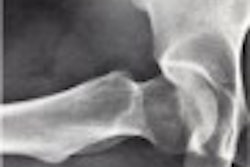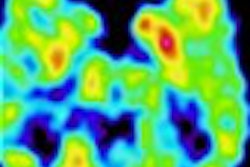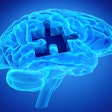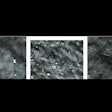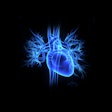Dear AuntMinnie Member,
Medical imaging can be a powerful tool for monitoring patients with HIV disease, but one size doesn't fit all. The choice of which modality to use depends on a number of factors, such as the progression of disease in the patient, according to an article we’re featuring this week on AuntMinnie.com.
German researchers conducted two studies of HIV-infected patients, one study using MRI and the other employing PET. They found that MRI is most effective for finding focal neurological signs in patients who are already showing clinical symptoms. But they also noted that many patients with normal MRI exams were experiencing neuropsychological deficits.
For these patients, functional modalities like PET and MR spectroscopy can help clinicians assess HIV patients even before symptoms appear. They can also provide an early indication as to whether anti-retroviral therapy is failing.
For example, the group found that patients responding positively to therapy had higher metabolic activity in the basal ganglia, while those who were failing therapy or who weren’t on therapy showed lower activity in the same region.
Based on their findings, the researchers make recommendations on how to integrate imaging technology with HIV therapy. You'll find their recommendations in the story, which can be found either in our MRI Digital Community or our Molecular Imaging Digital Community.





